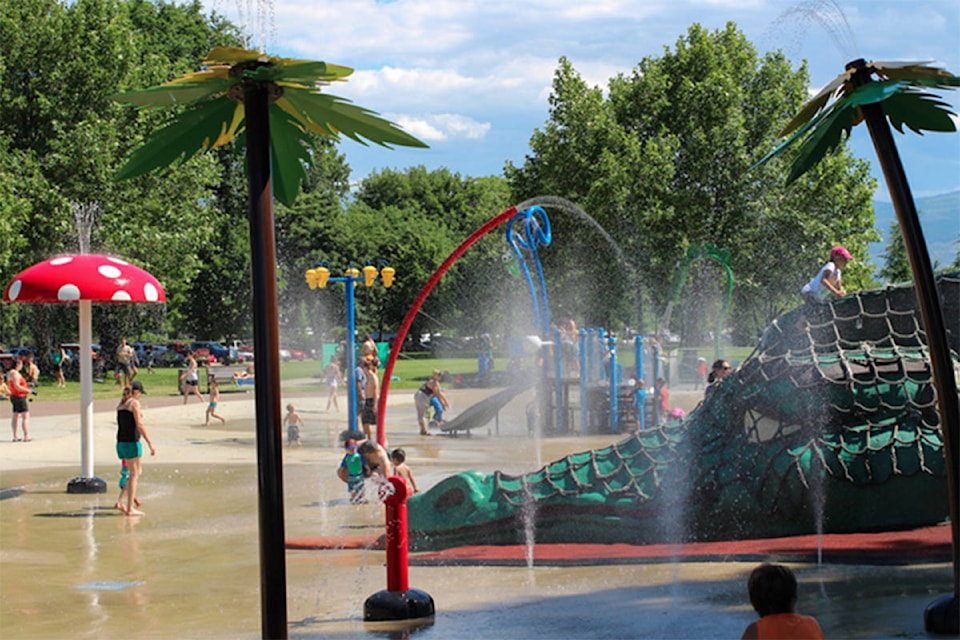Kelowna city council is considering how to pay for the estimated $198 million cost to complete existing and future park development.
That cost breaks down to $120 million for future or currently undeveloped parks, $71 million to complete partially developed parks and $7 million for linear parks.
Robert Parlane, City of Kelowna parks and building planning manager, gave an update to council on options to account for development shortfall of parks development, which is based on the provincial recommendation of 2.2 hectares parkland provided for every 1,000 population.
One element of raising funds recommended by city staff was to implement an infrastructure levy, which could be applied as separate tax for property owners or become a line item in the city budget funded from general taxation revenues.
“That would be a decision for council to make each year and it would be money earmarked for specific projects,” said Parlane.
“And we also want to be careful to note that while our discussion on Monday was focused on parks, a levy would also take in other infrastructure needs as well.”
Parlane said the city is involved in ongoing discussions with the Urban Development Institute, an association of local developers and builders, about the application of a parks Development Cost Charge (DCC), which the city has not applied in the past to help foster development by reducing building costs.
He said one option proposed is for developers to be able to get credit for a potential parks DCC by completing parks within a given project at their own expense.
“There are some advantages there in that all the equipment is in place to complete park project during the construction phase so there might be so cost saving advantages to do that rather than pay a parks DCC,” Parlane said.
While applying a parcel tax was another option considered, Parlane said the feeling now is the levy alternative would be a more practical option.
“The two are very similar but the subtle difference is a parcel tax is essentially a one-off, even if you spread it out over five years, to deal with a specific bundle of projects. The levy is a year to year mechanism to identify infrastructure capital projects as priorities within the taxation system,” he said.
With a parcel tax, he added, no other infrastructure project needs could compete for those taxation dollars, which would limit council’s flexibility to deal with competing demands for funding.
Parlance also noted that completing park developments is more than just planting trees and grass, as other financial considerations include playground installations, sports fields, walkways and washroom facilities.
Coun. Charlie Hodge also advised against a taxation scenario that would mean park development taking precedence over parkland acquisition.
“For me, I want to see the city continue to acquire land whenever feasible to expand our parks because that land is not going to get less expensive. Even if we don’t develop it right away, it is an asset to the city to have land set aside for future park development,” Hodge said.
“I guess I want to have my cake and eat it too.”
Parlane said more followup will be carried out on the cost factors before a specific plan is rolled out to the public for feedback.
This process began in 2017 with a report to council on the extent of undeveloped parkland in the city, followed by
a series of workshops to explore ideas on revenue generating options to meet the parks development budget demand.
